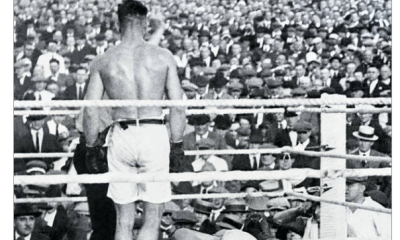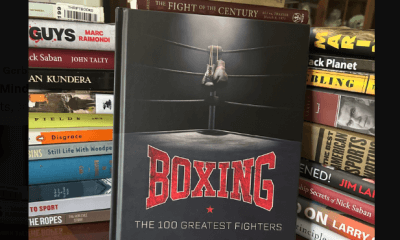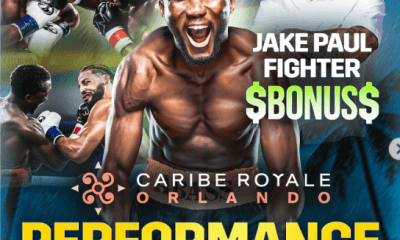Featured Articles
Delving into ‘Hoopla’ with Notes on Books by George Plimpton and Joyce Carol Oates
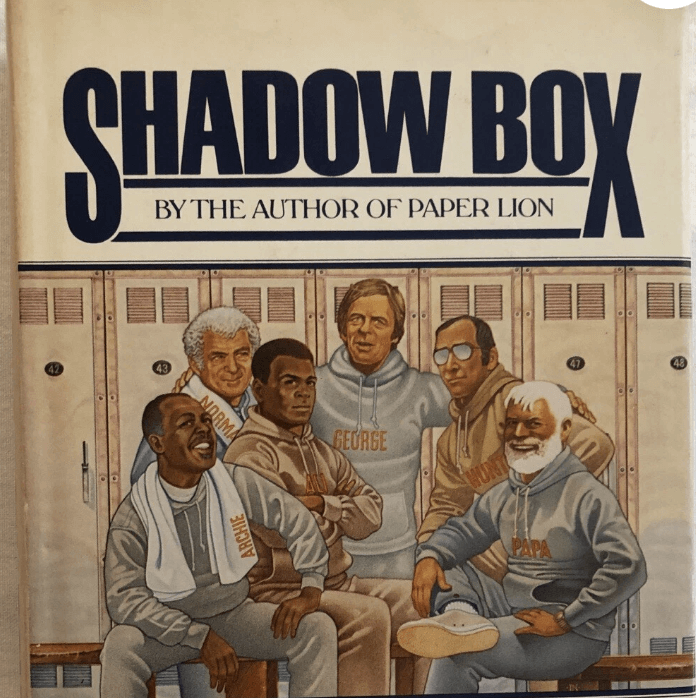
Chances are your public library has a portal that is a library within a library, a place with a good selection of e-books that you can download to your home computer or iPad and read for free. Several companies partner with libraries to offer this amenity. The industry leader is a company called Hoopla.
Using our library card to access Hoopla, we used the word “boxing” as a search term. This yielded 279 titles. However, this was a mishmash, a jumble of fiction and non-fiction books, some dealing with conventional boxing, others with different kinds of combat sports, a few dealing with boxer dogs, some relating to Boxing Day (Dec. 26), and even a book about the Boxer Rebellion conflict in China.
Winnowing the list down to conventional boxing books reduced the mishmash to a mini-mishmash. We personally have no interest in audiobooks, books for young readers, tutorials on the fundamentals of boxing, or boxing as a physical fitness tool. It is the history of the sport that grabs us and, fortunately, even after all the winnowing, a good selection of titles remained.
One of the older books currently available on Hoopla is Jack Johnson’s fanciful autobiography, “In The Ring and Out,” published in 1927. Books of more recent vintage include Carlos Acevedo’s “Sporting Blood” and Tris Dixon’s disquieting “Damage,” both highly recommended. (Note: each month, new offerings appear and others are lopped off.)
The Arcadia publishing house is well-represented. Arcadia publishes historical books of local and regional interest, paperbacks noted for their fine selection of photographs. Currently, one can read about the importance that boxing played in the sporting life of Chicago, Cleveland, Detroit, Cincinnati, and Youngstown, Ohio. Gene Aguilera’s “Mexican American Boxing from the Golden State” and John DiSanto’s “The Pennsylvania Boxing Hall of Fame” are in the same vein.
There are some classics such as Budd Schulberg’s 1947 novel, “The Harder They Fall,” the inspiration for the movie of the same name starring Humphrey Bogart. Then there’s Nat Fleischer’s anecdotal history of boxing, “50 Years at Ringside,” released in 1958. You may not believe that old time boxers (pre-1950) were better than the moderns, but it will be harder to disagree after reading Fleischer’s book.
In the highbrow department, one can go to Hoopla and read books by the late George Plimpton (“Shadow Box”) and by Joyce Carol Oates (“On Boxing”), authors often cited in support of the axiom that, of all the sports, boxing attracts the best writers.
We recently read both books and came away with mixed feelings. There are parts of Plimpton’s book that are a real hoot such as his encounters with gonzo journalist Hunter Thompson who was among the hordes of credentialed writers who descended on Kinshasa, Zaire, for the “Rumble in the Jungle” (and, in his case, never made it to the fight). The best description of the fight itself, it is generally agreed, was written by Norman Mailer, but Plimpton, who stayed in Zaire through the five-week postponement after Foreman suffered a cut in sparring, was at the top of his game writing the prologue and aftermath.
But, in “Shadow Box,” Plimpton has a habit of going off on tangents, most notably when he devotes an entire chapter to the death fantasies of his friends, most of whom, like him, were well-known writers.
It’s annoying; one wishes he had stayed in his lane.
Joyce Carol Oates
Joyce Carol Oates, who turns 87 this month, grew up near Buffalo, New York, with a fight fan for a father. One of America’s most prolific writers, her omnibus includes more than 50 novels.
Oates’ book, “On Boxing,” caused quite a stir, but the focus was more on her than on what she had written. A petite woman, she was good copy because she was, in the words of Atlanta journalist Tom Junad, a person “of rarefied intellect who slipped eccentrically out of character.”
“On Boxing” was released in 1987, a decade after “Shadow Box,” so, while Oates has plenty to say about Muhammad Ali the man and Ali the fighter — “never has a heavyweight performed in the ring with such style — an inimitable combination of intelligence, wit, grace, irreverence, cunning” – a larger focus is on the young Mike Tyson. She interviewed Tyson at the Manhattan home of his co-manager Jim Jacobs, a conversation that lingered into the evening at an expensive restaurant and then again later upstate at Cus D’Amato’s Catskill Gym and she attended several of Tyson’s bouts including his tedious fight with James “Bonecrusher” Smith: “12 long rounds of a very long fight.”
The man most often cited as America’s best boxing writer is the late A.J. Liebling whose essays on the sweet science regaled readers of the New Yorker. For some folks, disparaging Liebling is tantamount to heresy, but not Oates. “I sense myself uneasily alone in disliking much of Liebling, for his relentlessly jokey, condescending, and occasionally racist attitude toward his subject,” she writes. “The problem for Liebling and for The New Yorker must have been how to sell a blood sport like boxing to a genteel and affluent readership to whom the idea of men fighting for their lives would have been deeply offensive, how to suggest boxing’s drama while skirting boxing’s tragedy. It is a problem that for all of his verbal cleverness, Liebling never entirely solves.” (Ironically, Oates is a former winner of the Liebling Award issued by the Boxing Writers Association of America.)
There are parts of “On Boxing” that strike a sour chord, such as when she succumbs to mythology by regurgitating the claptrap of death matches among American slaves arranged by their masters for purposes of betting. Because the book was forged from a collection of essays, there is too much redundancy and Oates would be taken to task for failing to see that there would be a place for women in the sport. As much as anything, her book is a treatise on masculinity.
George Vecsey of the New York Times gave “On Boxing” a rave review: “an artistic dancing-and-jabbing triumph worthy of a Sugar Ray Robinson.” However, many would concur with Budd Schulberg who opined that her eloquence occasionally drifted into pretentiousness.
—
While we are on the subject of books, Mark Kriegel’s latest book, BADDEST MAN; The Making of Mike Tyson, was released yesterday (June 3) and, having read the excerpt in Esquire (check it out while it’s still up there) we can’t wait to read it. No, you won’t find this book on Hoopla, you will have to come out of pocket ($32.00 on Amazon; $13.99 for the Kindle version).
To comment on this story in the Forum CLICK HERE
-

 Featured Articles4 weeks ago
Featured Articles4 weeks agoThe Hauser Report: Cinematic and Literary Notes
-

 Book Review3 weeks ago
Book Review3 weeks agoMark Kriegel’s New Book About Mike Tyson is a Must-Read
-
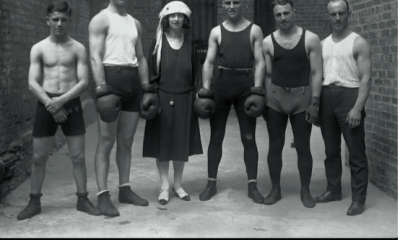
 Featured Articles2 weeks ago
Featured Articles2 weeks agoThe Hauser Report: Debunking Two Myths and Other Notes
-
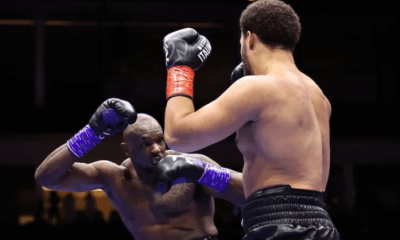
 Featured Articles2 weeks ago
Featured Articles2 weeks agoMoses Itauma Continues his Rapid Rise; Steamrolls Dillian Whyte in Riyadh
-

 Featured Articles4 weeks ago
Featured Articles4 weeks agoTop Rank Boxing is in Limbo, but that Hasn’t Benched Robert Garcia’s Up-and-Comers
-
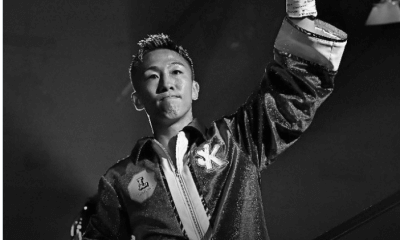
 Featured Articles3 weeks ago
Featured Articles3 weeks agoKotari and Urakawa – Two Fatalities on the Same Card in Japan: Boxing’s Darkest Day
-
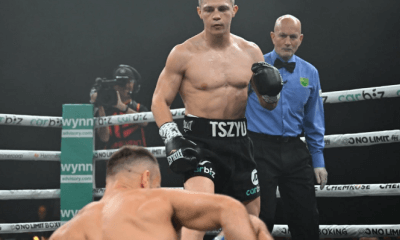
 Featured Articles2 weeks ago
Featured Articles2 weeks agoNikita Tszyu and Australia’s Short-Lived Boxing Renaissance
-
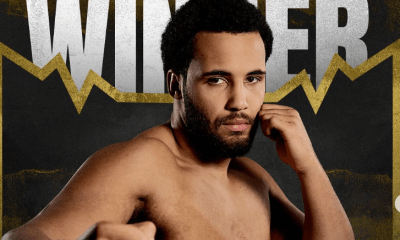
 Featured Articles2 weeks ago
Featured Articles2 weeks agoIs Moses Itauma the Next Mike Tyson?


